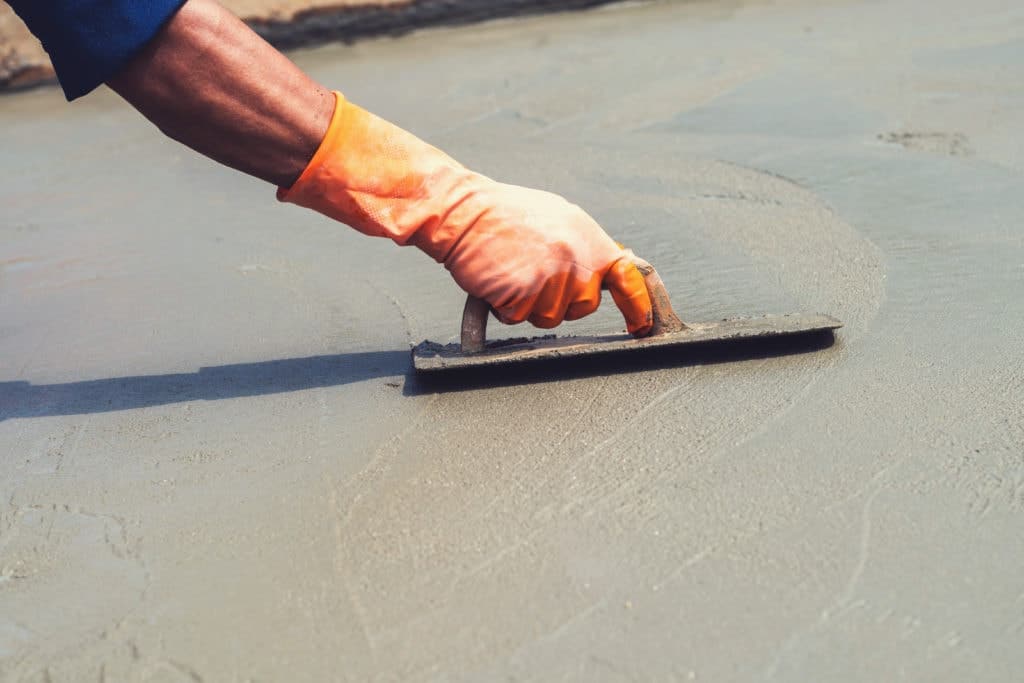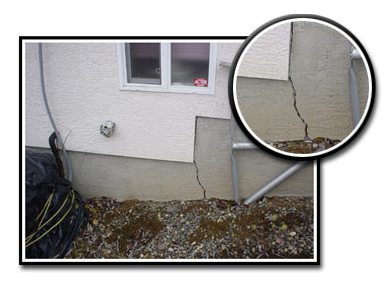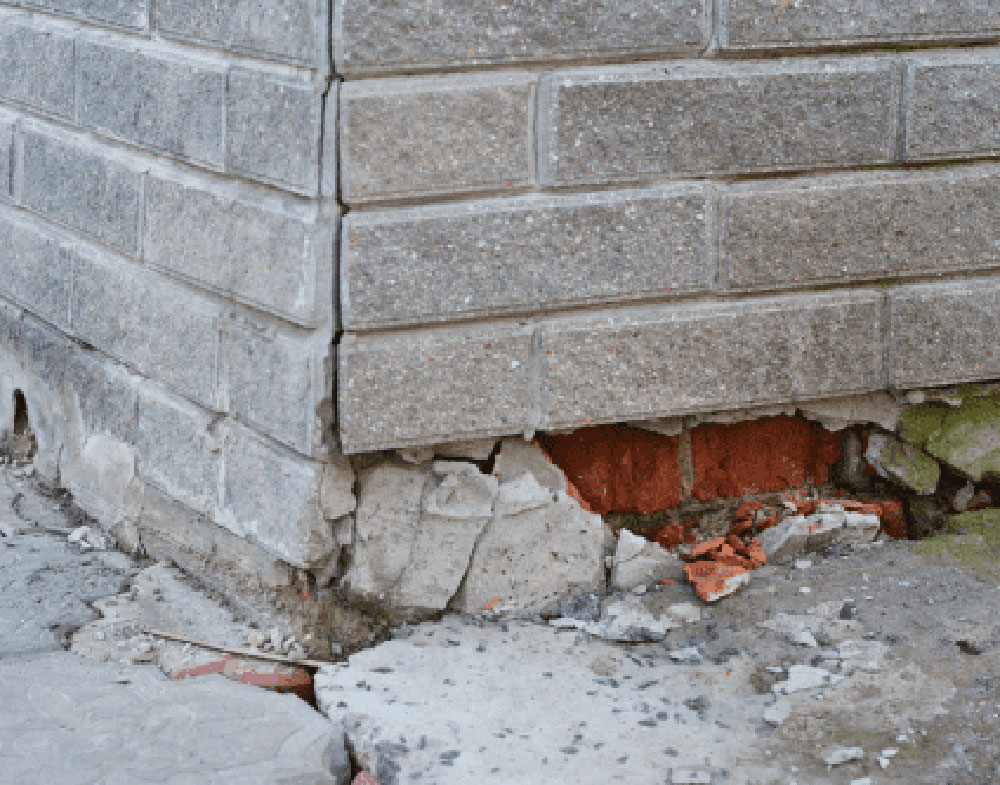

You can also find concrete crack repair kits with all of the tools needed to seal the crack. Repair a foundation crack like this as you would repair other nonstructural cracks: By filling it with a caulk suitable for use on concrete.


The crack can be up to ½ inch wide and still not pose a problem other than letting in moisture, smells, and gasses. If a horizontal crack appears where the foundation wall meets the basement floor, it’s not a structural problem-but it should be sealed.īecause basement floors are poured after the walls are poured, the concrete where they meet doesn’t always bond completely-and this is a common spot for a crack to appear when the house settles. Repairing a foundation crack in this width range is a simple DIY project that involves filling the crack with a caulk that’s compatible with concrete, such as Dap Concrete and Mortar Sealant. But it’s a good idea to seal them to keep out moisture, soil smells, or even radon gas. If the crack is wider than ⅛ inch, seal it with concrete crack filler.Ĭracks between ⅛ and ¼ of an inch often result from house settling or concrete shrinking within a few months after construction, and so may pose no structural problem. In addition, measure the width at the widest point and write that on the wall or make a note on the photo. To monitor a crack, make a pencil mark at both ends and write the date by each mark or line up a tape measure next to the crack and snap a photo. When you notice a new crack that’s not a hairline but still no wider than ⅛ inch, it’s probably due to settling and most likely it doesn’t present a problem-unless it continues to expand. If a narrow crack is new, monitor it for expansion before reaching for the crack sealer. Fixing settlement cracks of this variety is as simple as applying a coat of paint suitable for masonry, such as INSL-X TuffCrete Acrylic Concrete Paint. This is due to normal “settling,” or the concrete shrinking slightly as it cures.Īs long as the cracks are hairline in width, there’s nothing to worry about.
#Foundation slab crack repair windows
Within a year after construction, hairline cracks (about the width of a sewing thread) commonly appear on the inside of basement walls, most often near windows and doors or in the corners of the basement. If you find hairline cracks in your foundation, don’t sweat it. So, see where your crack falls on the range of foundation crack repair scenarios and find out what you can do. Before you start dialing,, but there are some rules of thumb to keep in mind to help you decide whether or not you should worry. The best way to ensure that a crack isn’t a sign of a major structural issue is to have a foundation contractor or structural engineer take a look at it.
#Foundation slab crack repair professional
Fortunately, many foundation cracks are not serious enough to warrant professional attention, and repairing a foundation crack can be a DIY task as long as the crack doesn’t threaten structural integrity. Your home’s foundation-the concrete walls surrounding a basement or crawl space-supports the entire weight of the house, so it’s natural to be concerned if you discover cracks in the concrete.


 0 kommentar(er)
0 kommentar(er)
